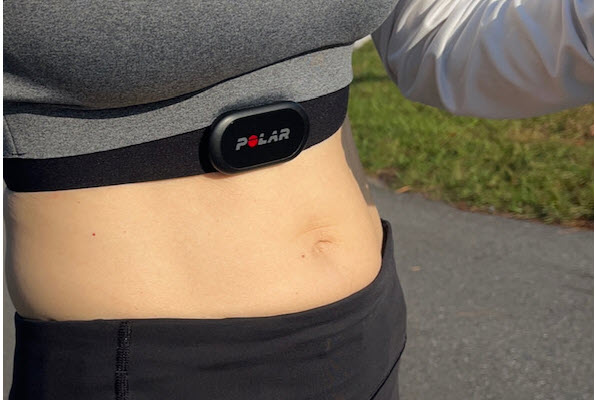
Chest heart rate monitors are an excellent addition to a fitness program, but there are some things women should know. I love using my chest heart rate monitor and have learned a few tips and tricks that other women may benefit from.
Chest heart rate monitors pose unique challenges for women, but they can be overcome. Chest heart rate monitors are great tools for tracking progress and optimizing workouts when used properly. With a little practice and experimenting, a chest heart rate monitor can be comfortably and properly worn providing the accurate data needed.
Chest heart rate monitors are the most accurate way to track your heart rate while exercising, especially running. Using this type of monitor does have some unique characteristics and challenges, but they can be overcome with a little knowledge and experimenting. Read on to find out more how you can get the most out of your heart rate monitor.
How accurate are chest heart rate monitors?
Studies have found that chest heart rate monitors are accurate with an average variance of 1 beat per minute. The chest heart rate monitors closely matched readings of an EKG, the gold standard for measuring the heart’s activity (see 2017 study, 2019 study, and 2021 study).
The studies were conducted over various intensity levels and with several types of exercises. Wrist worn monitors were much less accurate during more intense exercise. I have personally found that my wrist worn device is generally inaccurate during the beginning phases of exercise.
Chest heart rate monitors are more accurate than wrist worn heart rate monitors for two main reasons.
- They use electrical heart rate sensors to detect the electrical current from your heart.
- There is less interference as it sits directly in front of the heart
Wrist worn monitors rely on optical sensing which uses light to measure blood flow. Since it is not measuring the heart, but the blood flow through the tissues, there are many things that affect an accurate reading.
How to you operate a chest heart rate monitor
Now that you are assured of the accuracy of your heart rate monitor, you need to activate it and sync it with an app or watch. I use the Polar H10 which is an affordable and reliable monitor, but other brands and models typically work the same way.
- Connect the device to the strap by snapping into the band
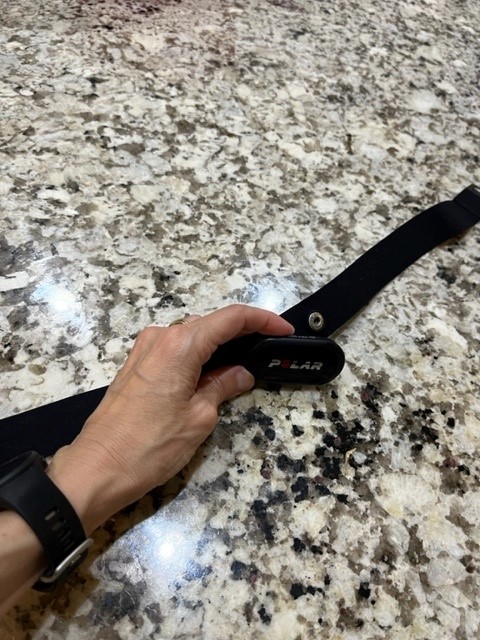
2. Download the recommended app (Polar Beat for Polar H10) that will sync the data from the device to a phone or watch. After downloading, pair the device to enable the syncing.

3. To activate the monitor moisten the back of strap where the electrodes will pick up the heart rate.
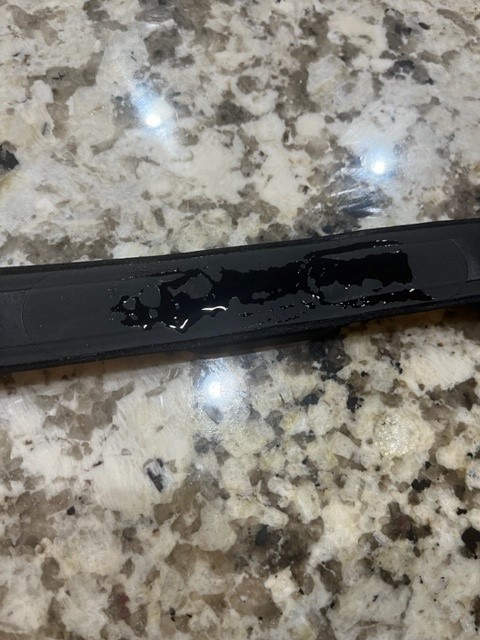
4. Click the strap around your chest just below your breasts and adjust the strap so you have a tight fit.
5. Open you app and confirm your device is working.
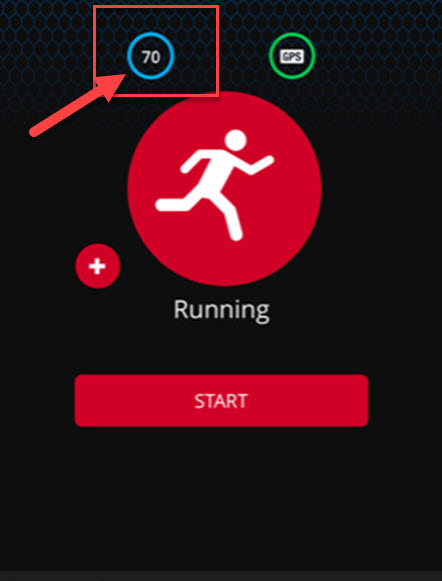
6. You can use your app to track your run or you can sync the data later to your phone. Most devices including the H10 have enough memory to store 1 training run.
7. After your workout, clean the band by removing the connector device from the strap. Rinse the strap with water and wipe dry.
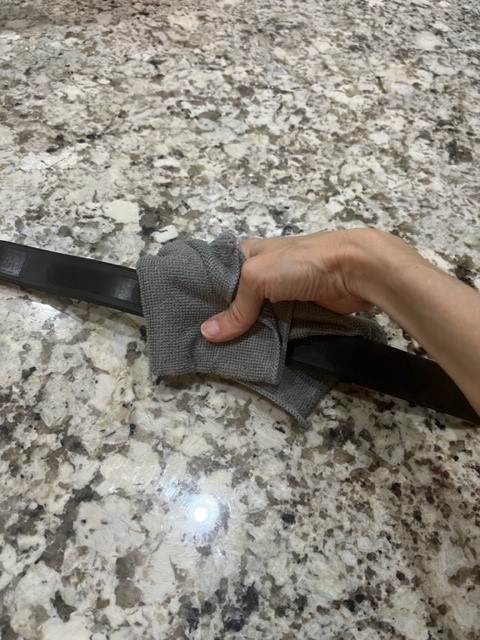
Helpful Tips to know about your Chest Heart Rate Monitor
- Most use a replaceable battery that is similar to a battery in a car fob. If your device suddenly stops working (even if only a few months) first replace with a new battery. I thought my heart rate monitor was broke for several months, but the problem was just the battery.
- Sweat and moisture keep the device activated so remember to wipe down the device to preserve the battery life. In addition, if your device is not reading your heart rate be sure the electrodes are damp.
- Polar H10 can be synced with other apps such as Strava by downloading a different app called Polar Flow and following the instructions. This is a bit frustrating, but at least you can use the readings with other popular exercise apps.
- The device can store enough data for one training session. Be sure to sync your device soon after your run (see my article here on how to carry your phone on a run). Once synced with your phone you the app will log your session including heart rate until you delete the data.
- I find it easiest to put on the chest monitor first and then my sports bra.
- Check your heart rate recovery for tracking fitness and evaluating your heart health (see my article here how to use a monitor for your heart rate recovery metric).
Issues women may encounter wearing a chest heart rate monitor
- Falling down: Be sure to order the correct size strap when you buy your heart rate monitor. On harder runs I find the monitor ends up around my waist. The strap needs to be tighter around my chest on my harder workouts which I frequently forget about until it’s too late.
- Uncomfortable under a sports bra: Wearing a chest monitor is uncomfortable and will take some time to get used to. Sports bra can be uncomfortable in themselves and having a monitor under the band will take some experimentation to find the most comfortable pair.
- Chaffing: For longer runs watch for chaffing. I recently did a fast pace 8 mile run with my chest monitor and was surprised to find a very sore red spot when I took it off. Even wearing a bra for a few days was a bit uncomfortable. I never had a problem before, but then I realized I don’t usually use it for my longer runs.
Solutions to common problems with Chest Heart Rate monitors
Problem: I ordered the wrong size check strap!
Solution: You can order just the strap in the correct size. A strap without the monitor device is much less than the entire monitor (roughly 25% of a new monitor). If you don’t want to order another strap you can tie a knot with the strap on the long end. Although not perfect, it will get you by and you can still get some mileage out of the larger strap.
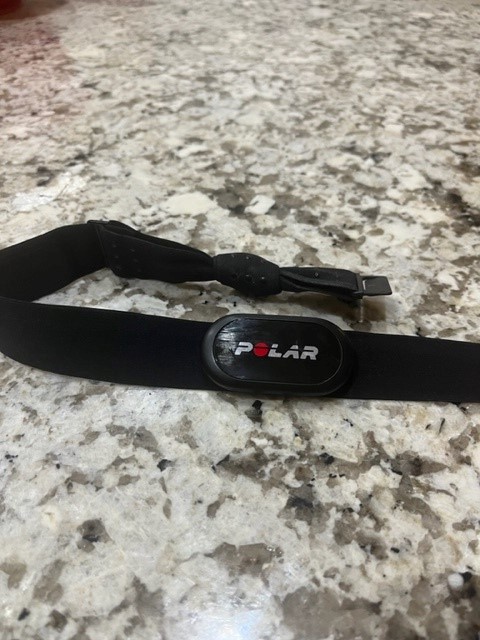
Problem: It’s uncomfortable to wear the monitor under my bra!
Solution: Try a different kind of bra as some will be more comfortable than others. The recommendations are to wear the monitor directly under the breasts for accurate readings.
I’ve found that wearing the monitor just below my bra band also provided reliable readings. I compared the readings to a Garmin wrist heart rate monitor and found they matched +/- 1 beat for even high intensity runs.
There isn’t a lot of data or research on the topic, but I’ve experimented enough to feel confident that my H10 Polar can be worn slightly lower than recommended and still provide accurate readings.
Problem: The chest heart rate monitor chaffs my chest!
Solution: I’ve experienced a lot of chaffing over the years especially on long runs in the chest area. The easiest solution is to apply petroleum jelly to the area in the future. You can also use Gold Bond Friction Relief or Body Glide which are designed to prevent chaffing of clothing and gear and are non-greasy.
Problem: I already have a large chest and worried the chest strap will be a problem!
Solution: The results seem to be mixed with regards to the heart rate monitor being an issue. One runner who was a size 32G reported never having any issues, while others say they gave up and went with a wrist worn heart rate monitor (see comments here).
Although the chest monitors are generally more affordable and accurate, you will probably be happier with a wrist worn heart monitor for a little more money (see my article here for more on HR monitors).
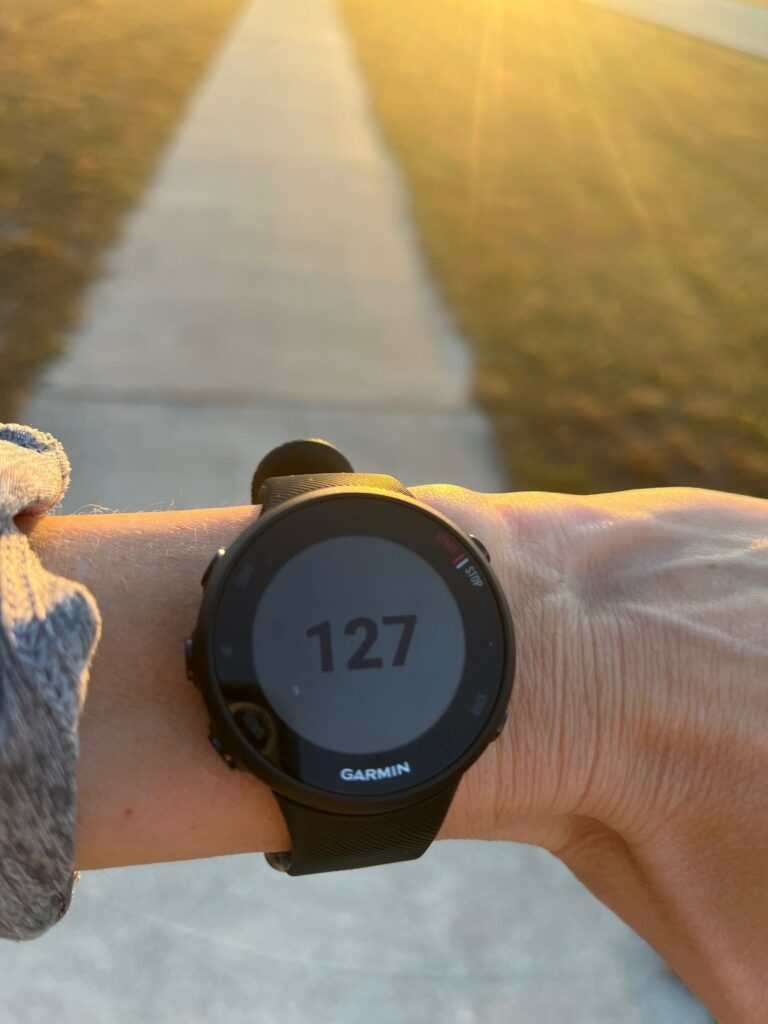
Key Takeaways
Chest heart rate monitors provide the most accurate heart rate readings of any recreational heart rate monitors on the market. Using these monitors does present some challenges, especially for women, but there are options for overcoming them.
Knowing how to operate a chest monitor and preparing for some of the common obstacles will hopefully help you in your fitness goals and exercise journey!